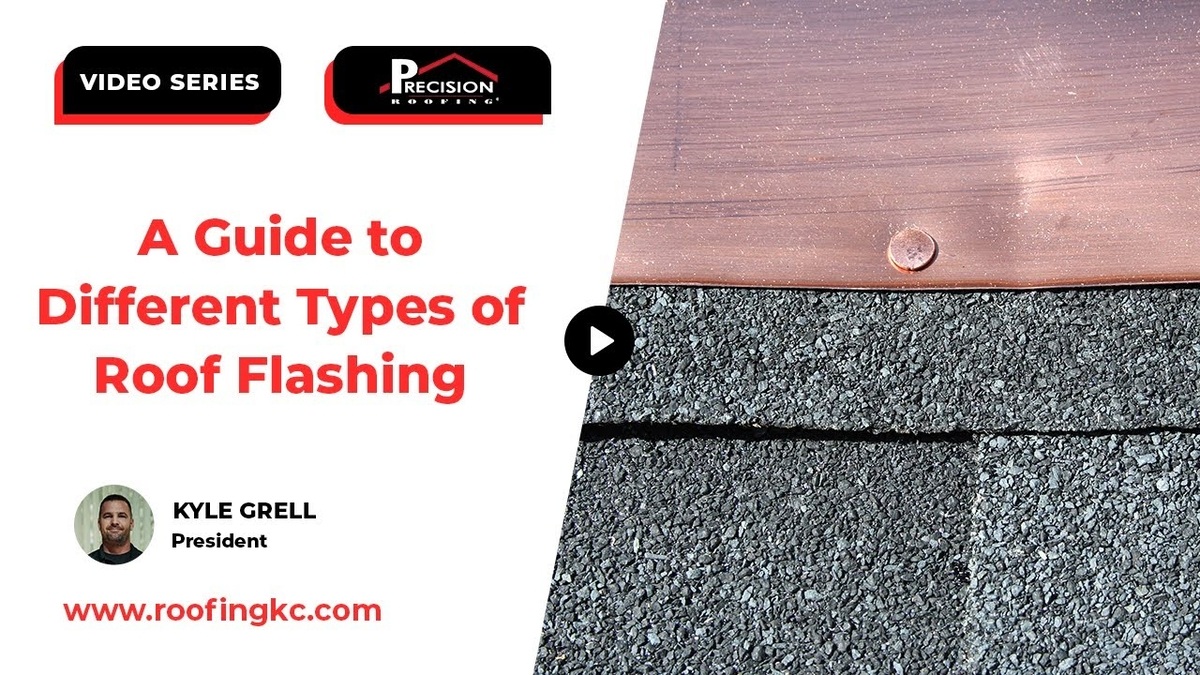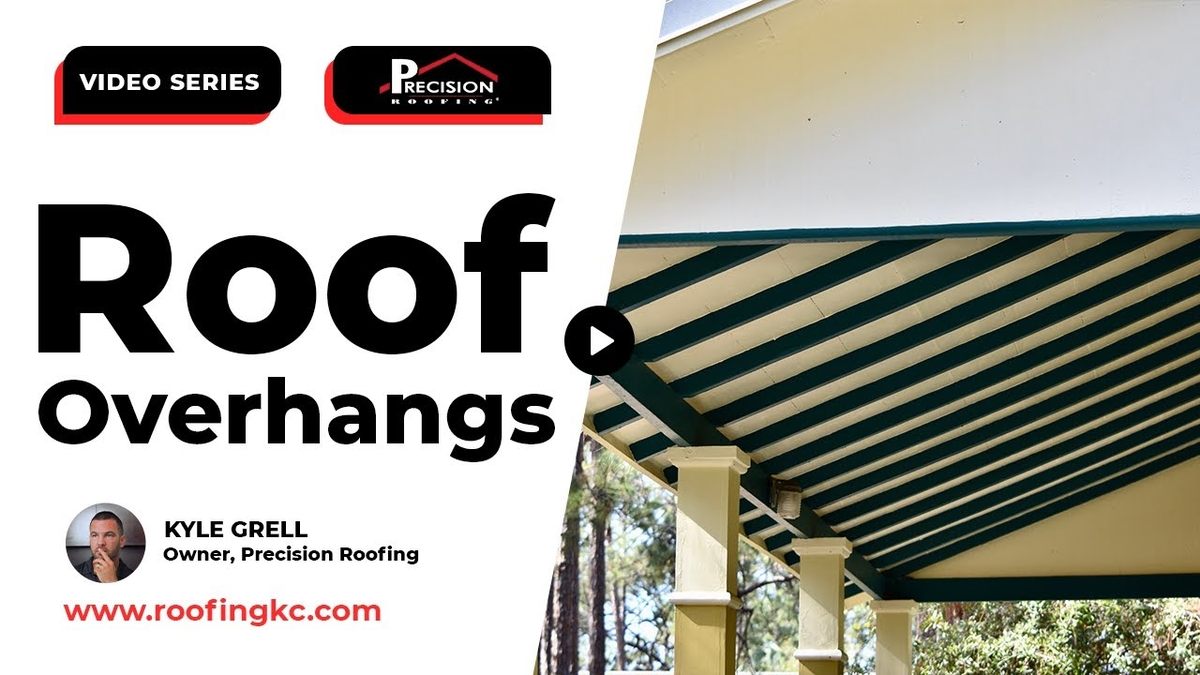The different types of roof flashing are a key detail in keeping a roof watertight. Every valley, vent, chimney, and wall tie-in depends on flashing to move water away. If it’s missing or installed wrong, leaks start fast. When it’s done right, water drains onto shingles and flows to the gutters as it should.
Below, we cover the main flashing pieces used on homes. You’ll see where each one is installed, what purpose it serves, and which materials hold up best.
What is Roof Flashing and Why Does It Matter
Flashing is thin metal that seals weak points in a roof. It keeps water from sneaking in at joints or openings. We see leaks start in these areas more than anywhere else.
Key Takeaway: The shingles do most of the work, but flashing protects the spots where shingles cannot seal on their own.
The Main Types of Roof Flashing on a Home
Pipe Boot Flashing: Seals Vent Pipes
Pipe boots are on every house. They cover the gap around pipes for furnaces, bath fans, and other vents. If these are not sealed tightly, leaks start fast. We always check boots during every roof inspection.
Step Flashing: Protects Roof-to-Wall Joints
Step flashing goes where a roof slope meets a vertical wall. We use 90° metal pieces, often 5×5 or 5×7, stacked with each shingle. This overlap keeps water from running behind siding or brick. Without it, walls can rot out over time.
Headwall Flashing: Closes Roof Ends
Headwall flashing seals the top edge where a roof slope ends into a wall. We slide it under siding or into brick joints. It directs water onto shingles instead of letting it sit against the wall.
Valley Flashing: Handles Heavy Runoff
Valleys take on the most water. Every slope drains here, and snow and ice collect in winter. That makes valleys a prime leak spot. We line them with metal and secure nails clear of the center so water flows clean.
Chimney Flashing and Counter Flashing: Double Protection
Brick chimneys need both base flashing and counter flashing. The base ties the roof to the brick. Counter flashing is cut into a mortar joint and overlaps the base. That way, water cannot sneak behind it. We use the same method on brick sidewalls.
Skylight Flashing: Follow the Kit
Skylights come with matched sills, sides, and head pieces. When installed right, they lock together and keep water flowing off. Using the full kit is the only way to seal them long-term.
Pro Tip: Always ask for photos of the chimney or skylight flashing after installation. It’s the easiest way to confirm the details were done right.
Need expert help with roof flashing or leak repair? Contact Precision Roofing for a free consultation.
Flashing Materials: Aluminum, Painted Steel, or Copper
We see three main metals used for flashing:
- Painted steel: Our go-to on most roofs. Strong, holds shape, and comes in colors to match the drip edge and gutters. It blends in well and lasts.
- Aluminum: Light and rust-free, but flimsy. It can bend or warp, which makes it less reliable in heavy water areas.
- Copper: Long-lasting and premium. We only use it on high-end roofs like wood shake or DaVinci synthetic shingles. It costs more but looks sharp and holds up.
Key Takeaway: For most homes, painted steel gives the best mix of strength, cost, and look.
How Flashing Fits into Your Roof Project
Every roof has pipe boots and valleys. Most have wall tie-ins that need step flashing. Brick walls or chimneys require base and counter flashing. Skylights need their kits. When we install, we match flashing colors to gutters and drip edges so the roof looks clean and finished.
Pro Tip: Valleys carry the heaviest water. If you upgrade only one area, make it the valleys.
Ready to Keep Water Out for Good?
We install and repair every major type of flashing: pipe boots, step, headwall, valleys, chimneys, counter flashing, and skylights. We use strong materials, match colors, and document each step so you know your roof is watertight.
For trusted answers and skilled work across all roof flashing types, call Precision Roofing today to schedule your quote.



